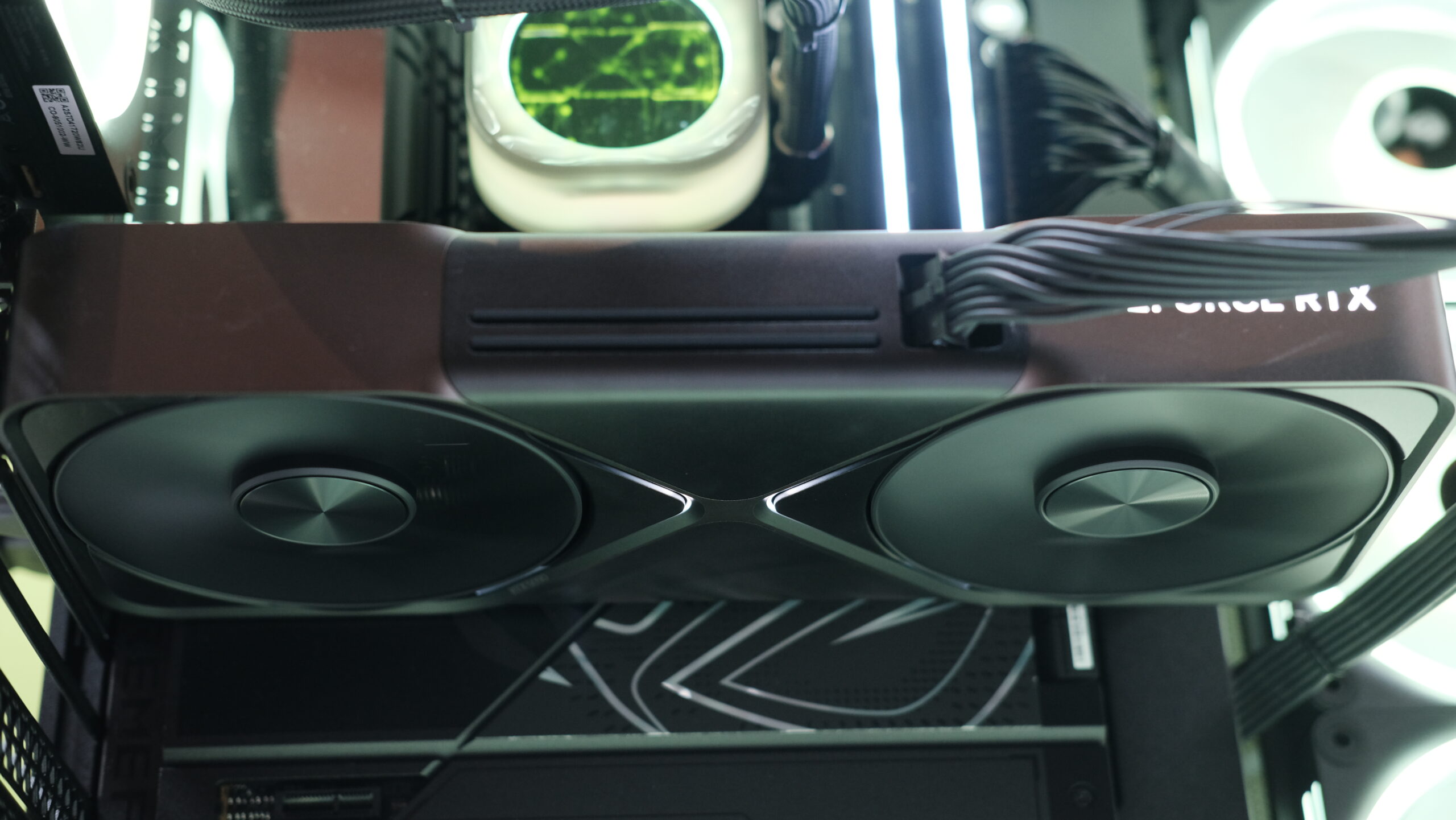
Nvidia PhysX: A Step Back for Game Preservation
Nvidia’s recent retirement of PhysX technology in its latest RTX 50-series graphics cards has raised concerns about the preservation and compatibility of older games that heavily relied on this technology.
What is PhysX?
PhysX is a proprietary physics engine developed by Nvidia that adds dedicated hardware acceleration to physics effects in games. These effects include realistic fluid simulations, dynamic cloth physics, and hair simulation.
PhysX’s Importance in Gaming
From 2005 to 2013, PhysX was widely used in major PC games such as "Batman: Arkham Asylum," "Borderlands 2," and "Unreal Tournament 3." Its dedicated hardware on Nvidia GPUs allowed for smoother and more realistic physics simulations without sacrificing performance.
The Decline of PhysX
In recent years, modern game engines have incorporated their own physics simulation capabilities, making PhysX less essential. Nvidia itself discontinued the development of PhysX-specific hardware in its latest GPUs.
Impact on Legacy Games
The removal of PhysX support in RTX 50-series cards poses a challenge for legacy games that were designed to utilize it. Enabling PhysX effects on these games now requires significant performance compromises, as the CPU must handle the physics simulation tasks instead of dedicated hardware.
A Loss for Video Game Preservation
Nvidia’s discontinuation of PhysX reflects a lack of attention toward video game preservation. As the gaming industry transitions to a software-centric model, there is a growing risk that older games that rely on specific hardware or software will become incompatible with future systems.
Possible Solutions
To mitigate the impact of PhysX retirement on legacy games, several options can be explored:
- Emulation: Emulators can provide a platform for running older games that are incompatible with modern hardware.
- Community Patches: Modders and enthusiasts may develop patches that adapt older games to work with newer systems without sacrificing PhysX effects.
- Preservation Projects: Non-profit organizations and initiatives dedicated to game preservation can collaborate with game developers and hardware manufacturers to ensure the compatibility and accessibility of older games.
Conclusion
While PhysX effects may not be essential to the gameplay of older games, their loss affects the overall graphical experience and immersion. The retirement of PhysX by Nvidia serves as a reminder of the importance of preserving video game history and ensuring that future generations can access and enjoy these formative works.
Additional Considerations
Timely Action: Game preservation requires proactive measures. Waiting until games become unplayable on modern hardware makes the preservation process more challenging and costly.
Open Standards: The use of open standards and hardware-agnostic technologies can reduce the risk of game incompatibility in the future.
Collaboration: Collaboration between game developers, hardware manufacturers, and preservation organizations is crucial for developing sustainable preservation solutions.
